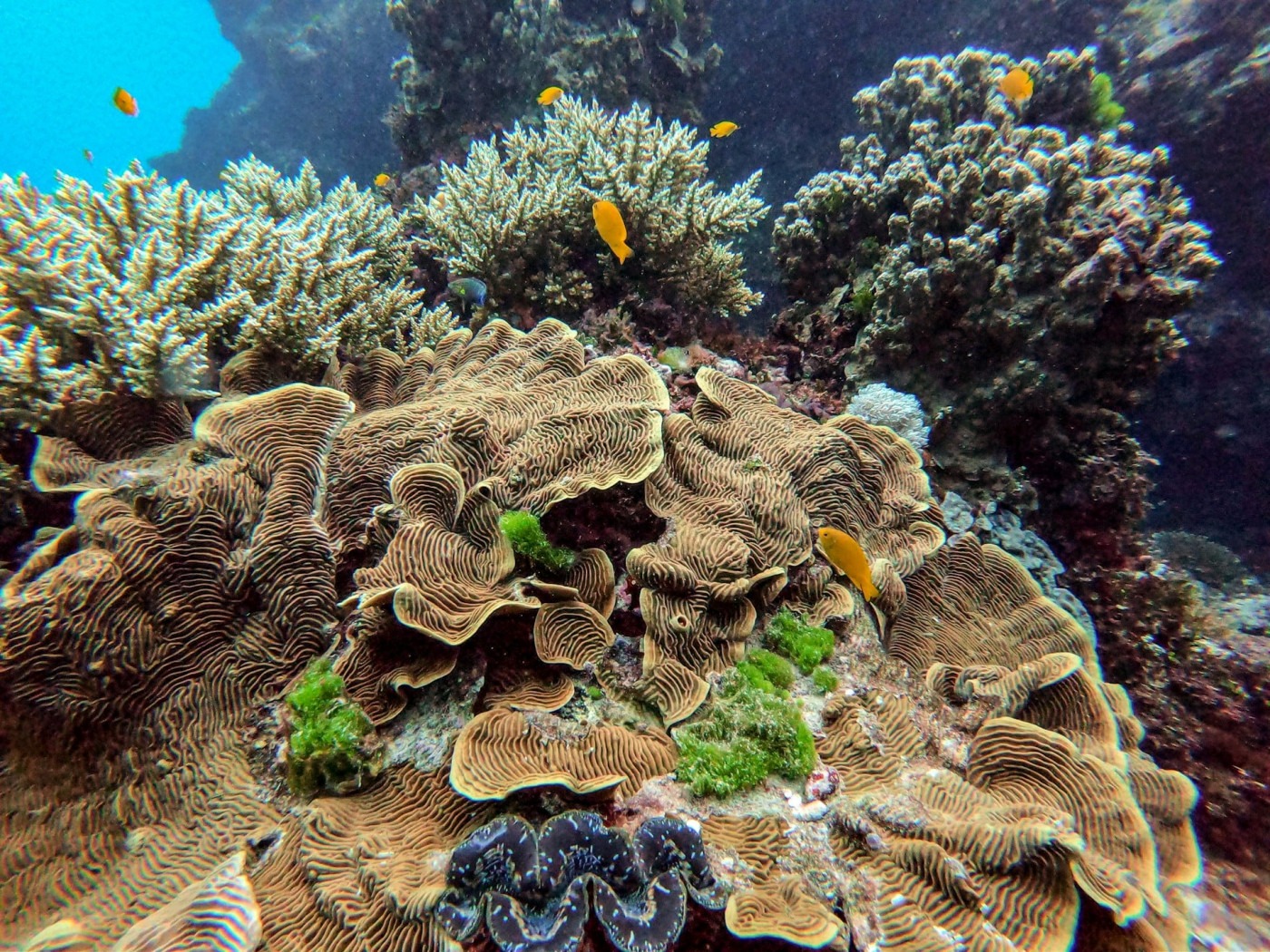Our footprint on travel: the global cost on destination breaks
The climate crisis is the single most universally impactful issue currently facing the globe at the moment. A temperature rise of almost 1.5˚C above pre-industrial levels has put nations in every continent on the backfoot. The reality is that as this crisis unfolds, it is spelling out more clearly a potential end for commercialised global travel in a range of hotspot destinations around the world.
Highlight destinations including The Maldives, The Great Barrier Reef, Venice, and The Alps are all at risk of permanent alteration due to the surrounding collateral damage onset by rising global temperatures. Data scientists currently monitoring the region predict that in the worst case, Venice could be underwater as early as 2100. This is due to the sea level rises as an offshoot of changing weather patterns around the Mediterranean. The low-lying parts of the city are therefore at risk of serious inundation due to its infamous canal system channelling directly from the sea.
One of the globe’s most prised natural wonders, The Great Barrier Reef, risks permanent degradation as a result of coral bleaching.
On the other side of the world, one of the globe’s most prised natural wonders, The Great Barrier Reef, risks permanent degradation as a result of coral bleaching. As of 2020, a study conducted by The Great Barrier Reef Foundation found that 60% of the reef’s living coral is dying as a result of bleaching.
As one of the most infamous natural beauties anywhere in the world, and the crown jewel of South America, The Amazon is another location that risks fundamental negative consequences as a result of climate change. The rainforest covers around 40% of the South American continent, spanning vast swathes of Brazil, Bolivia, Peru, Venezuela, and Columbia. Extreme drought in the region has led to vast rollbacks in the Flora and Fauna able to inhabit much of the country. The changes in global temperature have also left the region extremely vulnerable to forest fires.
The city’s proximity to the Missisipi River makes it a target susceptible to extreme flooding.
America’s tropical annex, Florida, is also being left vulnerable to drought as a result of temperature rises brought on by the Climate Crisis. The Army Corps of Engineers in the country predict that sea levels will rise by 15 inches across this coastal area in the next 40 years. Alongside this, New Orleans, another vibrant culture centre in the United States, will be put at great risk as a result of Climate Change. The city’s proximity to the Missisipi River makes it a target susceptible to extreme flooding, a fate which played out in the lasting consequences of Hurricane Katrina in 2005. Extreme rain on the whole has surged 62% in the area across 65 years, from 1950 to 2015.
Both individuals and institutions should have consideration on how to preserve these areas with more robust global sustainability solutions.
Global trends continue to prove that climate change has the capacity to render some of the world’s premiere travel destinations predominantly unfit for tourism on the same scale within the next 50 years. As the areas we consider for foreign getaways continue to undergo fluctuation, with palettes and trends being consistently changing, both individuals and institutions should have consideration on how to preserve these areas with more robust global sustainability solutions.
Travel is a universally beloved past time, one which we continue to revel in and look forward to. However, in an age where the planet’s resources continue to undergo significant constraints, we must be cogniscent of trying to protect the places we love before they become unrecognisable.

Comments